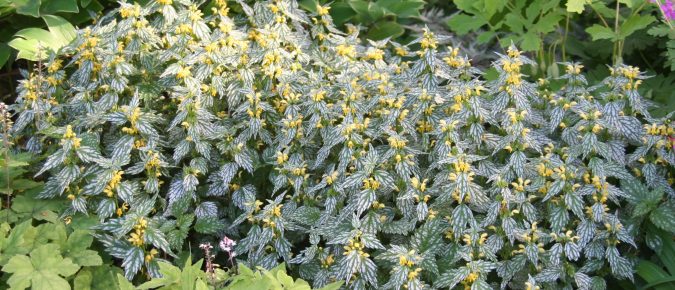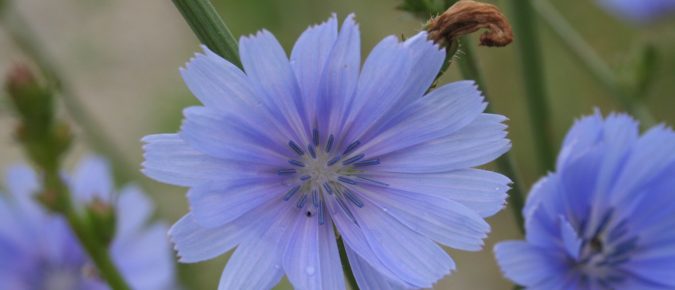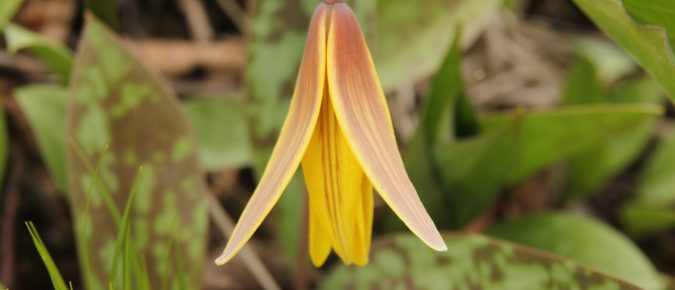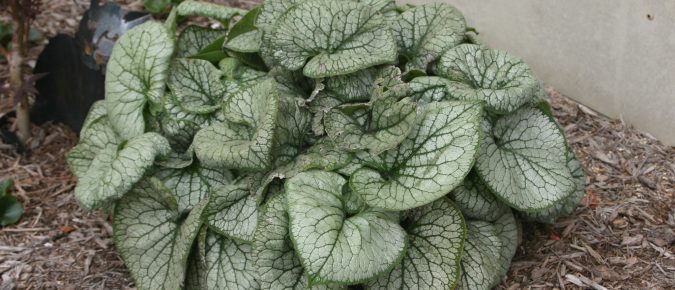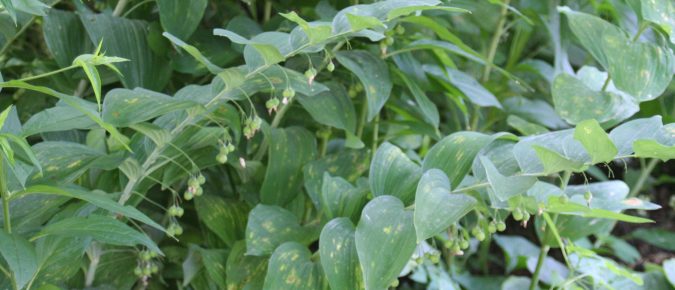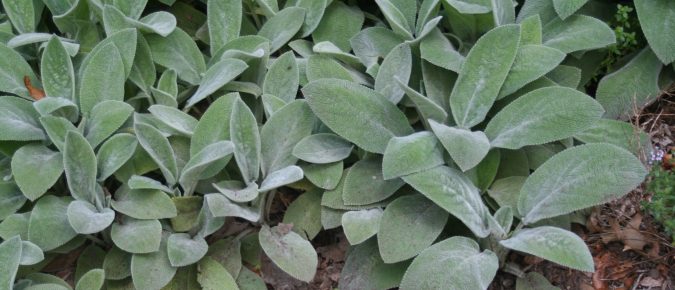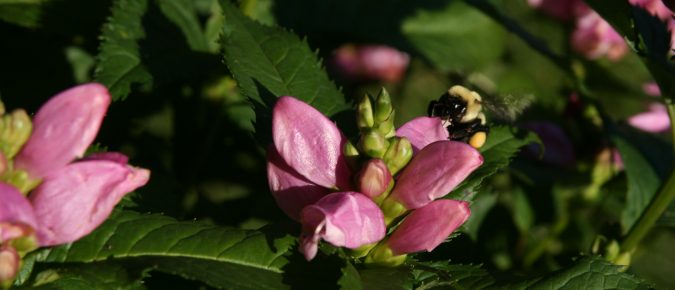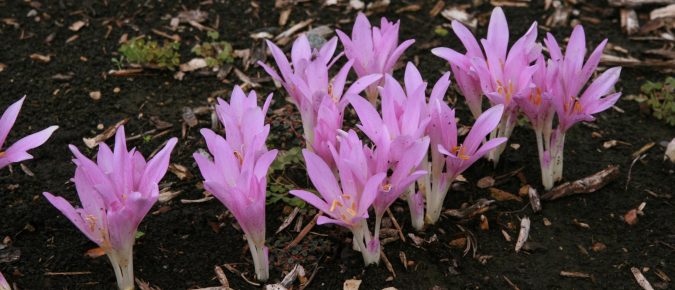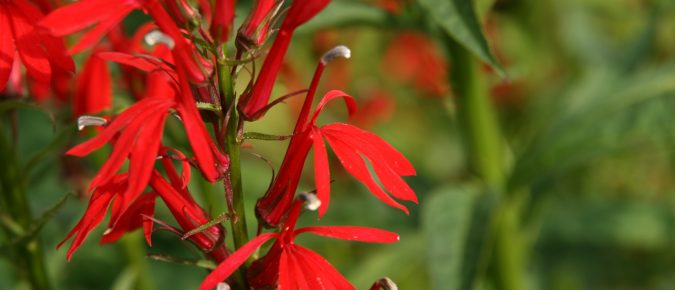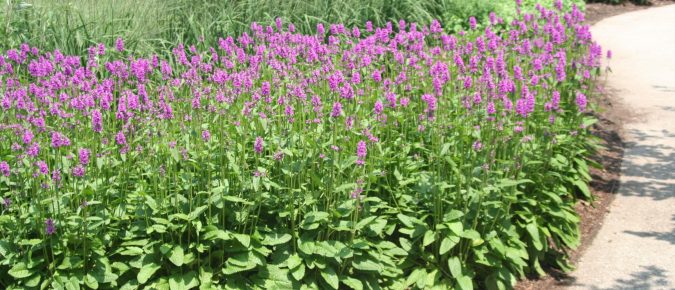Yellow archangel is a hardy perennial in the mint family related to Lamium (deadnettles). Generally only variegated cultivars of this plant are grown, primarily for their foliage, although they do have interesting flowers for a short time every year. To learn more about Lamiastrum galeobdolon, read this article…
Do you recognize those blue flowers along the roadside that will keep blooming until frost (if not mowed off)? That’s chicory, an escaped, naturalized European plant that has been used for food and forage since ancient times, although most Americans know it just as a weed. To learn more about Chicorium intybus, read this article…
With big yellow flowers, the Erythronium hybrid ‘Pagoda’ is a great addition to shady gardens. Developed from two species of native North American wildflowers, this spring bloomer will naturalize in woodland gardens and combines well with bleeding heart, columbine and hostas. To learn more about this garden ornamental, read this article…
Bloodroot is one of the first wildflowers to open its bright white flowers in Midwestern woodlands. This native plant is at home in deciduous forests and shade gardens with well drained soils. Learn much more about this spring wildflower in this article.
Brunnera macrophylla ‘Jack Frost’ has been chosen by the Perennial Plant Association as their Plant of the Year 2012. With light blue flowers in spring and bright, silvery, crackled-looking foliage that really shines in the shade, this plant is a great addition to most gardens. You can find out more about this special cultivar by reading this article…
Blue fescue (Festuca glauca) is a low clumping ornamental grass with blue-green foliage. This cool season grass can be used as a specimen or in masses. This article provides more details on growing this attractive grass in the landscape.
Solomon’s seals are woodland plants with arching stems. There are a number of both native and exotic species and cultivars that are used primarily as foliage plants in ornamental shade gardens (as their small hanging flowers are attractive, but relatively inconspicuous). To learn more about the genus Polygonatum read this article…
Lamb’s ears (Stachys byzantina) are a good addition to Midwestern gardens for their silvery foliage. One cultivar that stands out is ‘Big Ears’ for it’s extra large leaves. The leaves of this one aren’t quite as silver as many others, but it offers bold texture in a low mounding plant. To learn more about this big-leafed beauty, read this article…
Looking for a fall-bloomer other than mums or asters? The genus Chelone is a native perennial with the common name of turtlehead from the resemblance of the flowers to the shape of a turtle’s head with its mouth partly open. The various species all bloom in late summer to fall, for a spark of pink, red or white flowers on dark green plants. You can learn more about this genus in this article…
Brighten the fall landscape with fall-blooming bulbs – yes, there are some fall-bloomers that thrive in Wisconsin. Autumn crocus is probably the best of these, with large, chalice-shaped flowers in pink or white. The foliage appears in spring and dies back in early summer, leaving the flowers to pop up on their own in the fall. To learn more about this bulb (that isn’t really a true crocus), read this article…
With its spires of brilliant red flowers, cardinal flower is an unmistakable perennial for moist spots. This American native is found in moist open woods, streambanks and marshy areas throughout the eastern US from Canada through Central America. Learn more about this great plant with flowers that are irresistible to hummingbirds in this article…
The genus Stachys includes many members, some prized for their fuzzy leaves (lamb’s ears) while others are grown primarily for their flowers. The cultivar ‘Hummelo’ is one of the latter, with bright purple-pink flowers in mid-summer held well above the dark green basal leaves. Read more about this attractive Stachys cultivar in this article…

